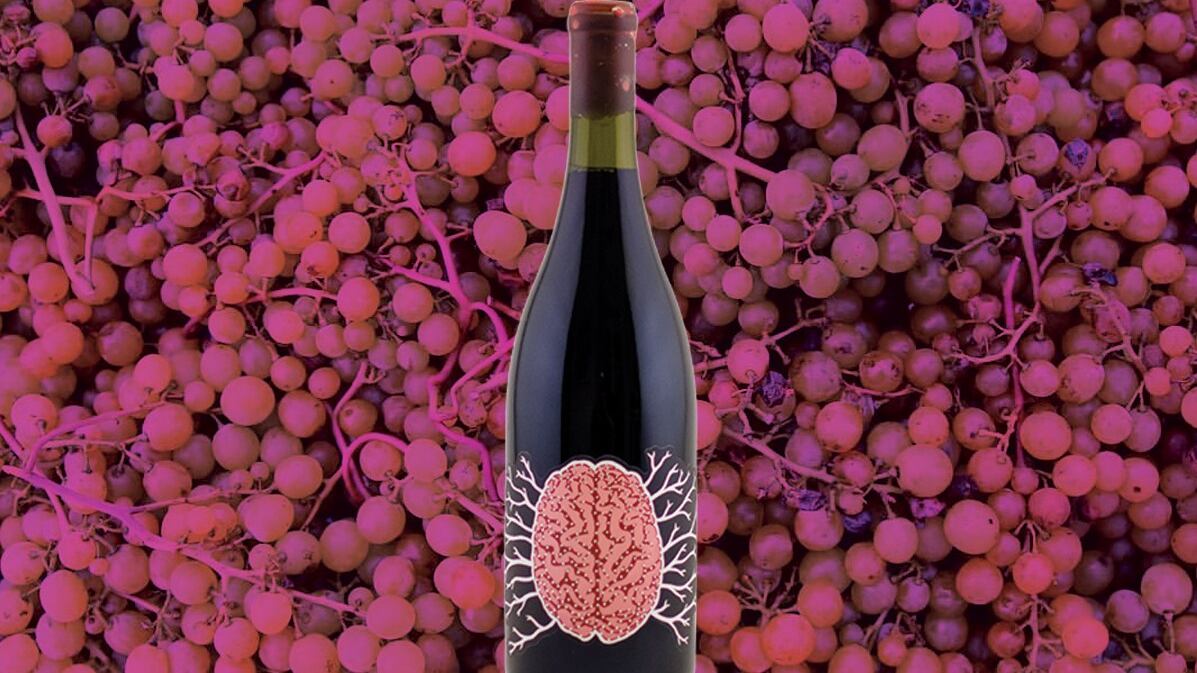Five years ago, Olga and Barnaby Tuttle couldn't get invited to dinner in New York.
The winemakers from Southeast Portland winery Teutonic flew east for a sales trip, after signing with a noted distributor, hoping to pour for influential big-city wine buyers. They had poured wine with several avant-garde, progressive winemakers from California, the ones famously dubbed "the New California Wine" by noted San Francisco Chronicle wine writer Jon Bonné.
The Tuttles watched as people fawned over the California bottles. Around them, the winemakers and sellers made dinner plans—none of which involved the Tuttles.
"It was made quietly clear to us that we, as Oregon winemakers, were not invited to dinner," Barnaby Tuttle recalls.
But five years later, if you go to New York's hippest wine bars and bottle shops—places like Roberta's in Brooklyn, or famed restaurateur Danny Meyer's Gramercy Tavern—chances are you'll see Teutonic on the list alongside other young-turk Oregon winemakers like Bow & Arrow and Day Wines. Forbes, The Wall Street Journal and The New York Times have all written love letters to the Tuttles.
"All the patrons of our wines come from Brooklyn or Brooklyn," Tuttle says, referring also to his winery's neighborhood in Portland.
Those people aren't drinking pinot noir, the grape Oregon has staked an entire industry on since 1979, when Oregon's Eyrie Vineyards shocked the world by competing successfully against some of the greatest Burgundy vineyards in France.

"Ask the younger generation walking out of the hip Brooklyn wine shops, 'What does Oregon wine mean to you?' Don't be surprised if the answer is, 'Gamay,'" says Michael Wheeler of MFW Wine Co., one of the most important wine distributors in New York.
Oregon wine stands at an important juncture—a moment when the industry may change forever. There's a shift underway, buoyed by the wider cultural moment in Portland. Oregon wine has never been weirder or wilder, and it's finding a new audience tired of its parents' pinot.
From Eyrie Vineyards founder David Lett planting pinot noir grapes near Dundee in 1966 to wine critic Robert Parker Jr. helping start Beaux Frères in Newberg in the '80s, pinot noir has long been synonymous with Oregon wine. The state's premier wine event remains the International Pinot Noir Celebration, a global gathering of monied winos.
Oregon sold $470 million worth of wine in 2015, with an estimated $3 billion impact on the Oregon economy, and most of that wine was pinot noir. In the Willamette Valley, where three-quarters of the state's wine comes from, that single grape accounts for some 14,000 acres, triple the amount of all the other varieties combined. Pinot noir accounts for 70 percent of the value of Oregon wine sold, according to the Willamette Valley Wineries Association.
But in our rush to tout ourselves as the new Burgundy, we ended up in golden handcuffs, selling expensive bottles marketed toward a wealthy clientele in faraway places. And in the process, Oregon wine lost some of its vitality and desire to experiment.
Meanwhile, Oregon's high-volume pinot production is being consolidated, with large winemakers in California and France going on buying sprees. The makers of California's Kendall-Jackson wine alone have bought more than 1,300 acres in Oregon since 2013—snapping up 5 percent of the state's total wine acreage.
But there is a new generation of winemakers who are producing expressive, individualistic wines made from other grapes. They are inspired by wine cultures all over the world—a bit of Loire here, a splash of Basque Country there—all with an indie ethos. They're willing to work with scraps and oddities—grapes neglected by the people purchasing sought-after blocks of pinot for $5,200 a ton.
"Oregon has tried too long to establish its wines as being Burgundian or whatever else," says Jim Fischer of Portland's Fossil & Fawn wine label. "We can stand on our own merits without pretending to cop someone else's style, and we need to start acting like it. It's time to kick the training wheels off and see where we go."
Now's the time to see what they have: The new vintage is done slumbering in tanks after the fall harvest, and exciting local releases are dropping each weekend. It's been exactly 50 years since Oregon's "first crop of any consequence" was harvested by the legendary Richard Sommer, and there's never been a better time to drink Oregon wine.
"We're sitting around getting drunk or getting high or whatever, not asking ourselves, 'What is the next thing?' because we all know it," says Barnaby Tuttle. "We're on the precipice of this big thing, like Haight-Ashbury in San Francisco. Or maybe it's like punk rock. There's a lot of punkers involved in wine."
Here are 10 people shaping the New Oregon Wine.

Forget Mom's Pinot. We're Witnessing the Birth of a Wild and Wonderful New Oregon Wine.
Brianne Day's Big Break As a Winemaker Came Because of Her Grape Tattoo
Bow & Arrow's Scott Frank Came to Wine After Hitting Bottom
Art + Science Has Pinots and Ciders That Will Change What You Think About Both
Oregon's Most Avant-Garde Winemakers Looks Kind of Like a Linebacker
Ten Years and 15 Harvests Later, Joe Swick Knows No-Sulfite Bottles Are Wine-Geek Candy
Andy Young Made His First Wine Using a Chainsaw
Teutonic's Barnaby Tuttle Went From Black Sabbath Hesher to Punk Rock Wine

